Is it possible to access pre-activation tensors in a Keras Model? For example, given this model:
import tensorflow as tf
image_ = tf.keras.Input(shape=[224, 224, 3], batch_size=1)
vgg19 = tf.keras.applications.VGG19(include_top=False, weights='imagenet', input_tensor=image_, input_shape=image_.shape[1:], pooling=None)
the usual way to access layers is:
intermediate_layer_model = tf.keras.models.Model(inputs=image_, outputs=[vgg19.get_layer('block1_conv2').output])
intermediate_layer_model.summary()
This gives the ReLU outputs for a layer, while I would like the ReLU inputs. I tried doing this:
graph = tf.function(vgg19, [tf.TensorSpec.from_tensor(image_)]).get_concrete_function().graph
outputs = [graph.get_tensor_by_name(tname) for tname in [
'vgg19/block4_conv3/BiasAdd:0',
'vgg19/block4_conv4/BiasAdd:0',
'vgg19/block5_conv1/BiasAdd:0'
]]
intermediate_layer_model = tf.keras.models.Model(inputs=image_, outputs=outputs)
intermediate_layer_model.summary()
but I get the error
ValueError: Unknown graph. Aborting.
The only workaround I've found is to edit the model file to manually expose the intermediates, turning every layer like this:
x = layers.Conv2D(256, (3, 3), activation="relu", padding="same", name="block3_conv1")(x)
into 2 layers where the 1st one can be accessed before activations:
x = layers.Conv2D(256, (3, 3), activation=None, padding="same", name="block3_conv1")(x)
x = layers.ReLU(name="block3_conv1_relu")(x)
Is there a way to acces pre-activation tensors in a Model without essentially editing Tensorflow 2 source code, or reverting to Tensorflow 1 which had full flexibility accessing intermediates?

